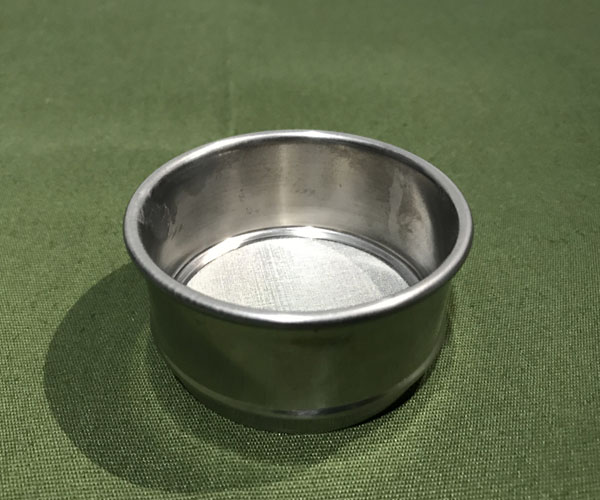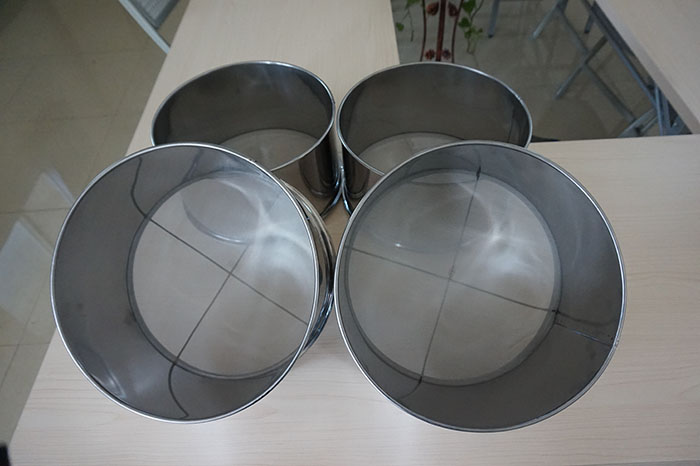Tuesday March-28 2023 09:55:40
75mm Test Sieve is a sieve widely used in laboratory analysis, which plays an important role in material analysis and processing. Among them, the pore size is one of the most critical parameters of the test sieve, which effectively determines the size of the particles during the sieving process.

The pore size of the 75mm Test Sieve is usually expressed as μm (micrometer), which refers to the diameter of the sieve hole. These pores are small enough to decompose the material into different classifications according to particle size, so in the process of material analysis and screening, the size of the pores determines the accuracy of the particle size distribution of the material. Normally, the pore size of 75mm Test Sieve ranges from 20μm to 10mm. The characteristics and uses of different pore sizes are as follows:

1. 20μm to 45μm pore size: These meshes are very fine and effective for measuring the finer particles of particulate materials. It is mainly used to screen colloidal particles, such as oxides and hydroxides in suspension.
2. 53μm pore size: This pore size is often referred to as a standard sieve and is widely used in many laboratories and industrial processes. It is mainly used for the screening and analysis of particulate matter and the screening and analysis of particulate matter in the application fields of cement, soil and minerals.
3. 63μm pore size: This pore size is called a fine sieve hole in measuring instruments and equipment, and is often used for screening and analysis of fine particles.
4. 125μm aperture: This aperture is usually used to measure larger particles, such as sieve analysis of minerals and bone ash.
5. 250μm pore size: This pore size is usually used to analyze medium-sized particles, such as about 1/8 inch coal lumps.
6. 2.36mm aperture: This aperture is usually used to screen medium particles such as flour, rock and steel.
According to the characteristics and uses of different pore sizes, selecting a suitable 75mm Test Sieve pore size for particle analysis and screening can help analysts, technicians and scientists complete experiments and process control easily and effectively. When selecting the 75mm Test Sieve aperture, the size of the particles, the material of the particle sample and the analysis requirements of the target should be considered.
Mar 28, 2023
What is the aperture size of 75mm Test Sieve?
75mm Test Sieve is a sieve widely used in laboratory analysis, which plays an important role in mater...
Mar 25, 2023
The sieve analysis test for sand is a method used to determine the particle size distribution and ana...
Mar 25, 2023
Experimental Sieve is a commonly used experimental instrument in scientific research, which plays an ...
Mar 25, 2023
Sand sieve analysis is a technique used in civil engineering and geotechnical engineering to determin...
![]()
Then we look forward to hearing from you
Contact Us
Industrials
Yanjin county forest park gate to the west 1000 meters north road sitemap
